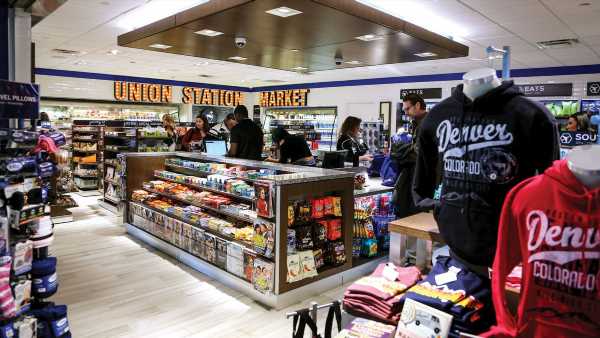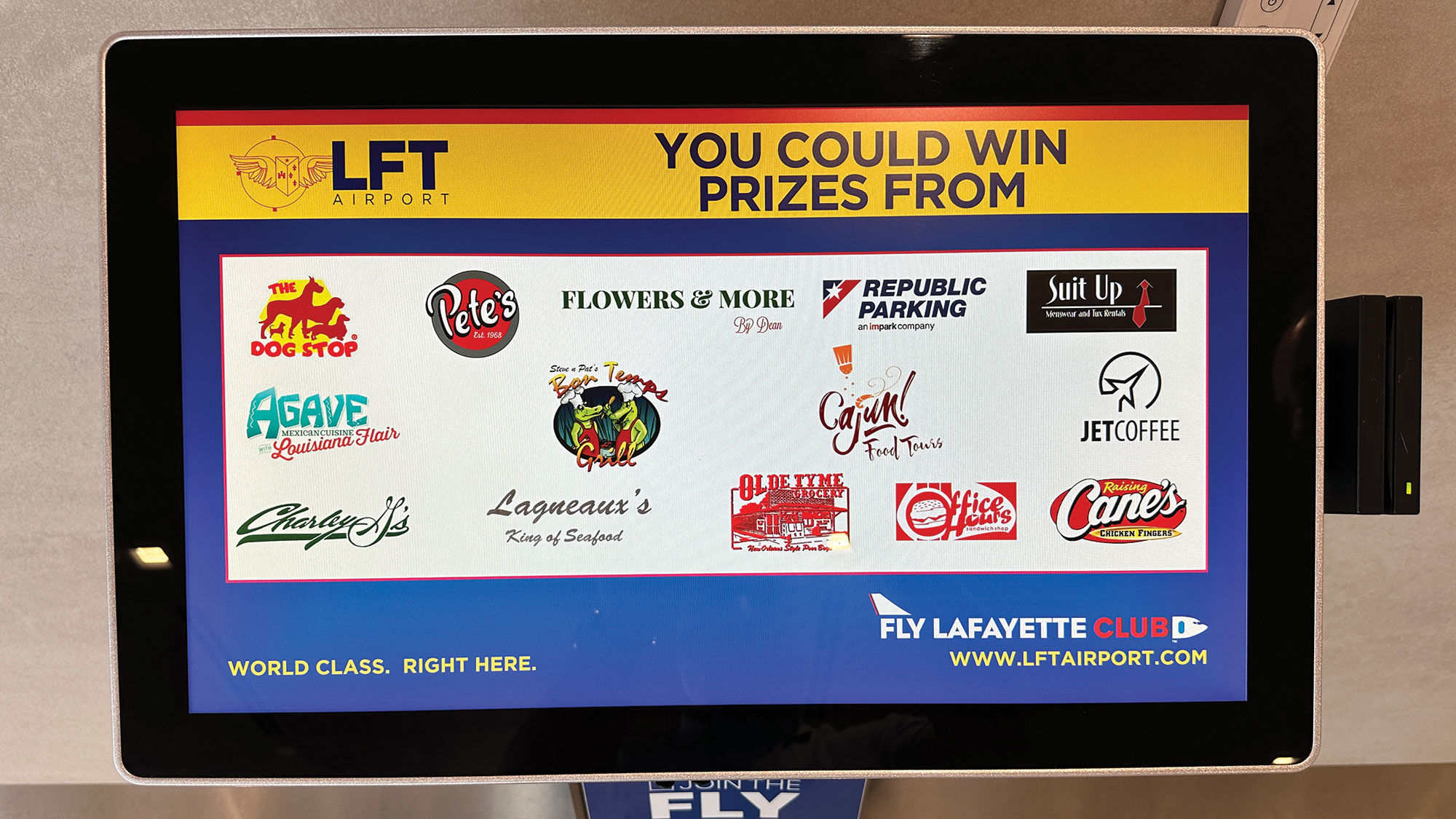
Most travelers are aware of their airline’s frequent flyer program. But how about a loyalty program with their local airport?
They exist, and in fact, airports could be the next industry sector to see substantial loyalty program penetration.
Marc Ellis, CEO of Thanks Again, which says it’s the largest network of airport rewards programs in the U.S., said the company expects to see “a potential fivefold increase” in program participation over the next 12 months.
Ellis’ comments came last week, just days after Denver became the latest airport to partner with Thanks Again, which manages loyalty programs at four other U.S. airports: Atlanta and Boston as well as regional airports in Greenville, S.C., and Manchester, N.H.
The Thanks Again program also has a smaller presence in approximately 125 other airports through specific partnerships with airport concession and parking companies. Notably, said COO Edmund Puckhaber, Thanks Again partners with Paradies Lagardere, which operates 850 stores and 170 restaurants and bars in more than 100 North American airports, according to its website, including a wide variety of well-known national brands.
Thanks Again also partners with parking operators such as LAZ Parking, which has facilities in or near more than 20 airports.
How it works
Customers who sign up online for Denver Airport’s new DenPerks loyalty program can link credit card or bank information to their account. Then, as they make purchases they rack up reward points at a rate of approximately 1 cent per dollar of spend. Once members earn as little as $5, points can be redeemed for prepaid Visa cards; gift cards from companies including Home Depot, Dunkin’, American Airlines and Amazon; or for Alaska Airlines Mileage Plan points. Puckhaber said Thanks Again expects more airline loyalty programs to become redemption partners this year.
In fact, JetBlue this week became the first airline to enter into a point accrual
partnership with Thanks Again. Under
the arrangement, JetBlue credit card holders can earn three TrueBlue
points per dollar, rather than the usual one, for expenditures at Thanks Again locations.
Pamela Dechant, Denver Airport’s senior vice president of concessions, said that improving the customer experience is an important goal of the program.
“We hope to gain an increase in customers satisfaction first and foremost,” she said. “We want to reward our guests, and we want to make their passenger journey more convenient and perhaps more personalized.”
She pointed out that flyers who link a credit card to a DenPerks account that already accrues points for another program will effectively double dip when they make airport purchases.
Points for DenPerks, and for the other airport rewards programs within the Thanks Again network, are also accrued networkwide. For example, members of Atlanta’s ATLRewards program earn points when they spend money in Denver and other Thanks Again airports, or when they spend money at Thanks Again retail partners within other airports.
Airport loyalty programs with a history
Echoing the confident forecast Thanks Again CEO Ellis made about airport loyalty program growth, COO Puckhaber predicted that in the coming year the company will count at least 12 of the 25 largest U.S. airports as partners, adding that negotiations with many of those airports have been underway for a year or longer.
And although airport rewards programs are still not widespread, they aren’t new. ATLRewards has been around for a decade. Some European airports, including London Heathrow and Paris de Gaulle, also have programs.
In addition, some smaller U.S. airports manage their own rewards programs.
One is Binghamton, N.Y., where the Business Travel Rewards Program has three tiers, offering parking credits and gifts to customers who meet thresholds for the number of days they park in an airport lot.
Another example is the approximately 20-year-old Fly Lafayette Club program at the airport in Lafayette, La. Flyers who sign up for that program can scan a membership card or an ID when they use the airport to be registered for a monthly drawing of approximately 20 gift cards, mostly from local restaurants, said the airport’s executive director Steven Picou.
“In South Louisiana we have a little saying called ‘lagniappe,’ and it means a little something extra,” Picou said, referencing a French Creole word. “So, we’re giving those passengers who chose Lafayette a little lagniappe.”
The program serves as an inexpensive promotional opportunity for local merchants, while showing appreciation for flyers who use Lafayette, rather than making the couple-hour drive east to New Orleans, Picou said.
Members get personalized offers
Customer service and giving flyers another reason to select the supporting airport are among the reasons that airports adopt loyalty programs. But in the case of airports using the Thanks Again platform, driving increased airport spend while accruing insights into customer spending patterns are other reasons.
Flyers who sign up for a Thanks Again program like DenPerks agree to have their airport spending tracked. Thanks Again’s technology also has the capability to push personalized offers to those who have downloaded the program’s wallet pass feature or opted in for text notifications.
Denver is in talks to integrate such technologies, the airport said. That way, Dechant said, the airport could reach DenPerks members when they are a captive audience.
“We can target people in real time and say, ‘Why don’t you come by and have a coffee,'” Dechant said.
She also expects the aggregated spending data that Denver Airport will glean from the program will offer insights into which brands or types of concessions the airport should consider adding. For example, Dechant said, the airport might see that a key demographic is spending robustly on electronics, and therefore look to recruit an additional electronics location.
Source: Read Full Article










